Formafantasma’s biodiversity-boosting installation in a Perrier Jouët vineyard is cross-pollination at its best
Formafantasma and Perrier Jouët unveil the first project in their ‘Cohabitare’ initiative, ‘not only a work of art but also a contribution to the ecosystem’
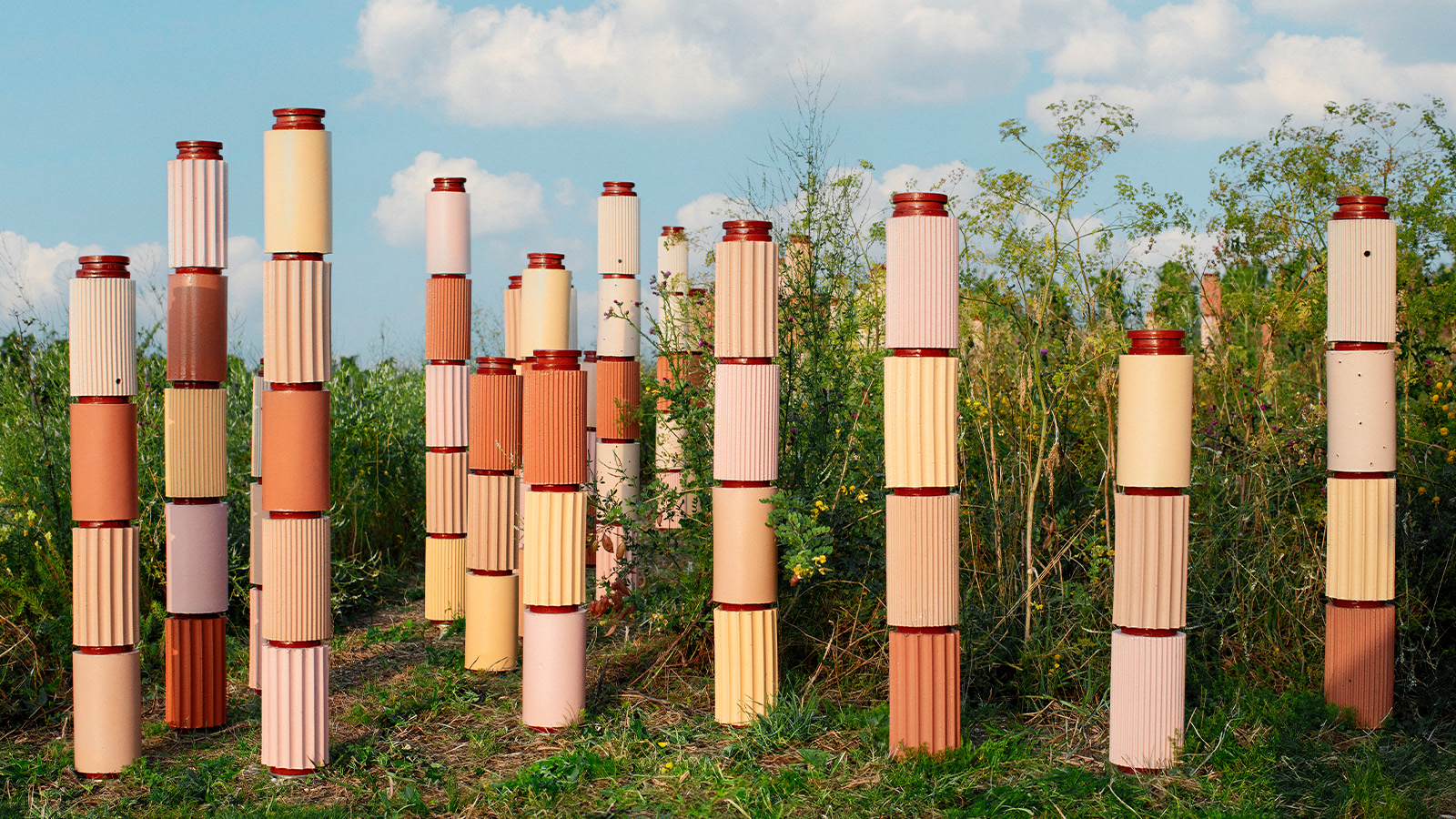
Private jets, lavish parties, no-holds-barred expenditure: dip a toe into the international art and design circuit, and it’s hard not to ask – is it part of the problem or the solution? At a time when global challenges demand action, the contemporary art world can often feel detached, its performative aspects overshadowing meaningful contributions.
Yet, with so many power players and creative visionaries in the same proverbial room, surely this is where real impact can happen. Do luxury brands, as modern-day patrons, now bear a responsibility to channel their influence and resources consciously? Maison Perrier-Jouët certainly thinks so.
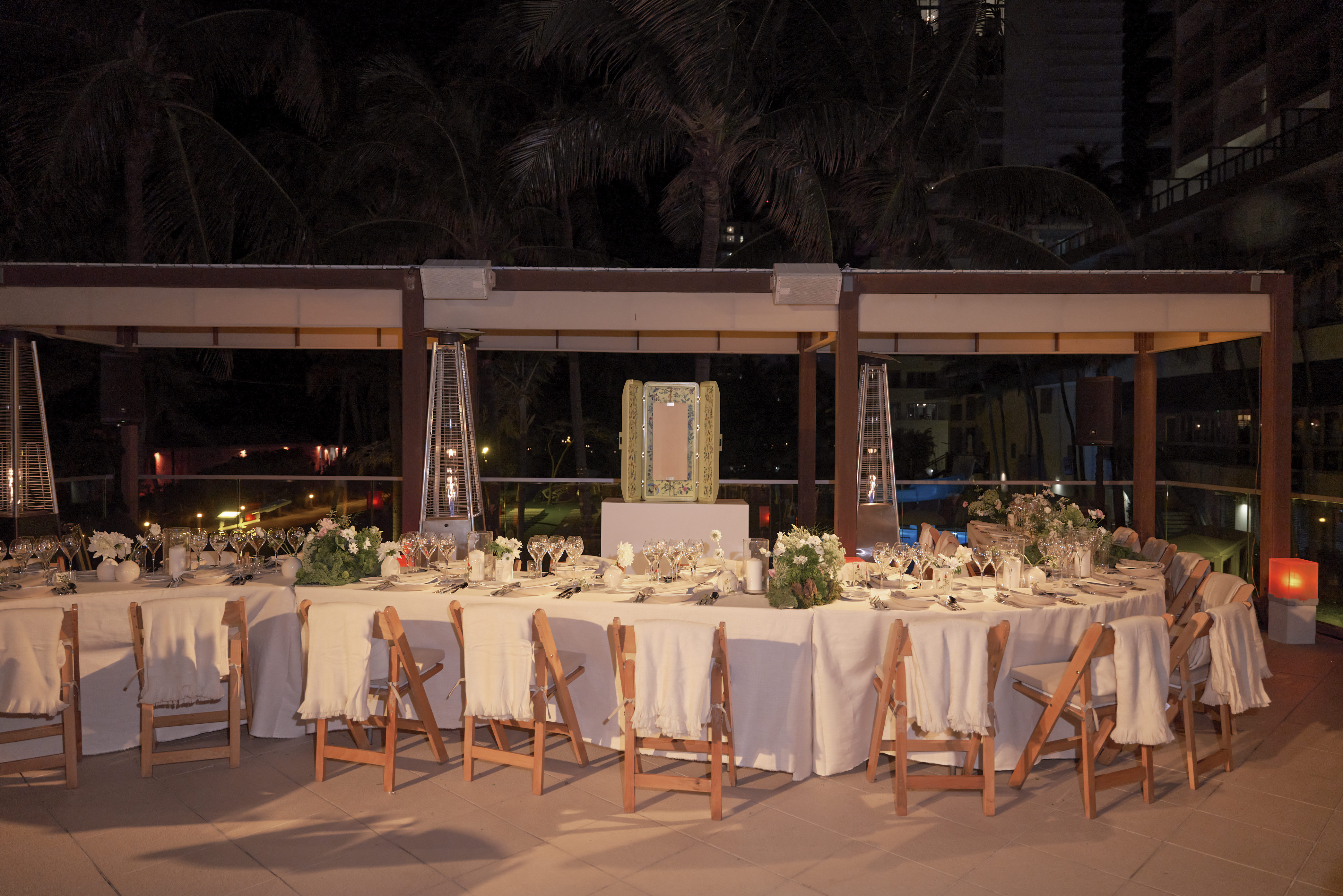
A banquet curated by Formafantasma and crafted by Michelin-starred chef Pierre Gagnaire during Miami Art Week 2024, when Caroline Bianco, Perrier-Jouët’s new cultural and creative director, announced the new Cohabitare initiative
As the world descended on Miami for Design Miami 2024 and Art Basel Miami Beach 2024 earlier in December, the champagne house launched its latest design collaboration in a series that began in 2012. Originally commissioned to reinterpret Perrier-Jouët’s Art Nouveau heritage for the 21st century, the annual collaborations increasingly highlight our relationship with nature (see Fernando Laposse’s ‘The Pollination Dance’ of 2023).
This year, at a spectacular banquet crafted by Michelin-starred chef Pierre Gagnaire, Caroline Bianco, Perrier-Jouët’s new cultural and creative director, unveiled Cohabitare, a long-term initiative in partnership with Milan-based design studio Formafantasma.
Placing regenerative viticulture at the forefront of not just champagne-making but agriculture and design more broadly, Cohabitare aims to foster biodiversity, regenerate the land, and explore new ways of living and working with nature.
Formafantasma and Perrier-Jouët present 'Cohabitare'
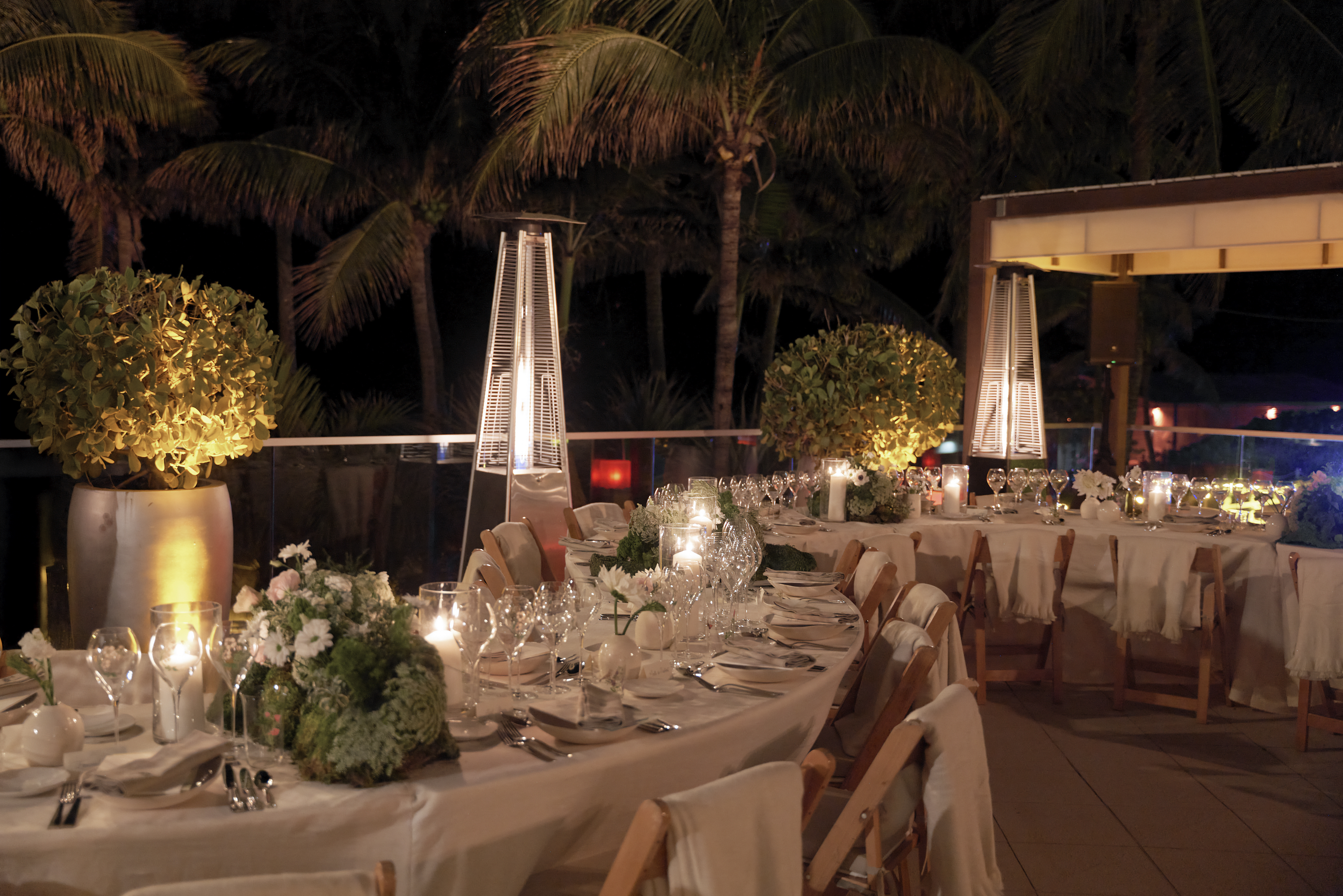
'Working with Formafantasma on the Cohabitare project has been a deeply collaborative and reflective process over a long period', says Bianco. 'This is the first time Maison Perrier-Jouët has anchored an artistic project in its own vineyard, making it a milestone initiative rooted in the natural environment of Champagne. This project is not only a work of art but also a contribution to the ecosystem.'
It stems from two years of research and collaboration with ecologists, biodiversity experts, and regenerative viticulture specialists.
Wallpaper* Newsletter
Receive our daily digest of inspiration, escapism and design stories from around the world direct to your inbox.
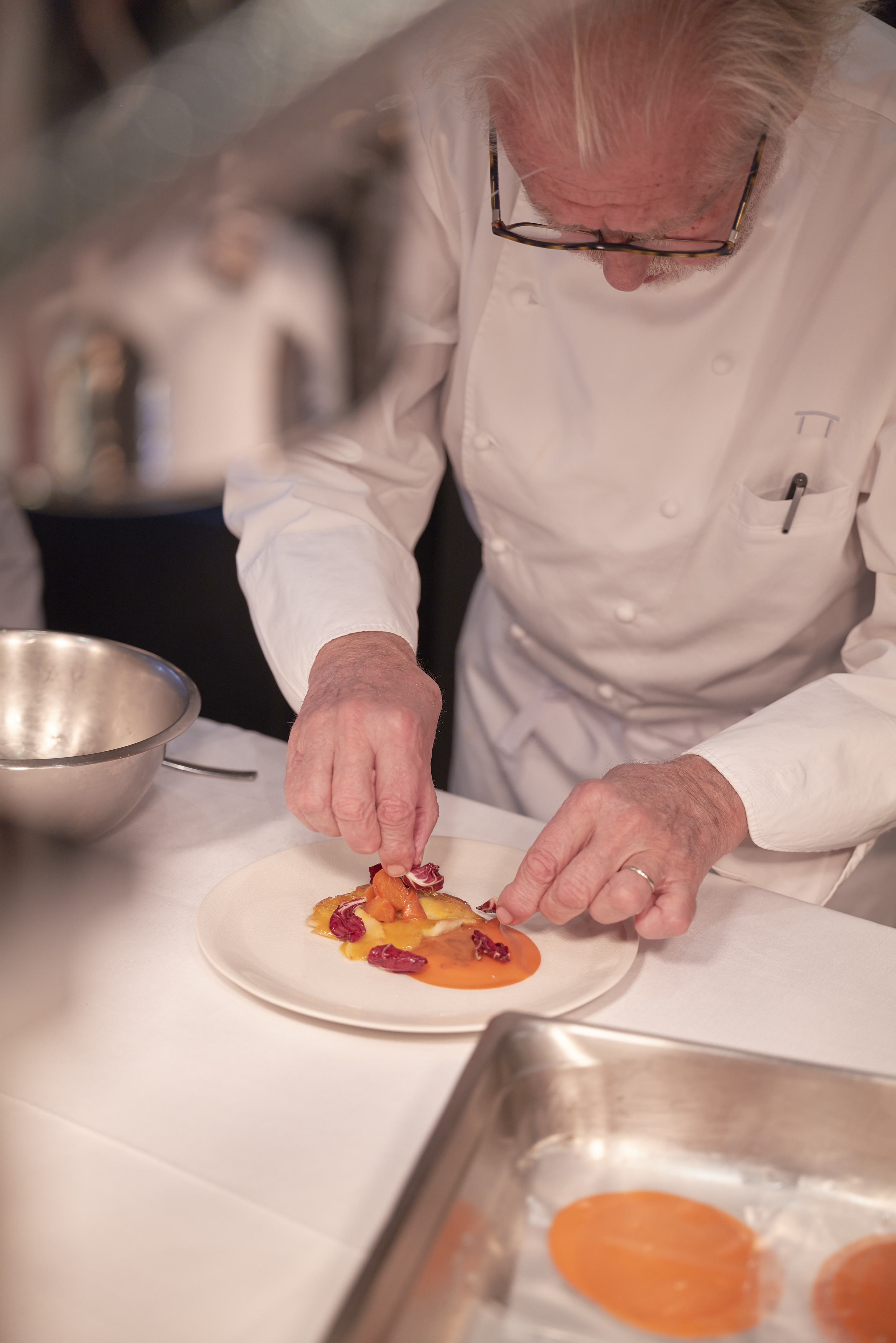
Chef Pierre Gagnaire
The first result is the Îlôt de Biodiversité (Biodiversity Island), a 285 sq m functional installation that welcomes plants and insects while keeping humans at a respectful distance. Formafantasma’s design for the Îlôt includes 74 terracotta posts handcrafted in France and finished with natural iron oxide glazes. Some posts feature cavities of varying sizes to provide habitats for different species of insects.
Native plants further enrich the space, offering food sources for pollinators and contributing to the ecosystem’s vitality. These efforts are guided by Perrier-Jouët’s scientific committee, which will monitor the area’s biodiversity over time. The Îlôt marks the first step in a larger vision to restore additional structures on the estate by 2026. The ultimate goal is to create an interactive hub for biodiversity studies, open to local and international communities alike.
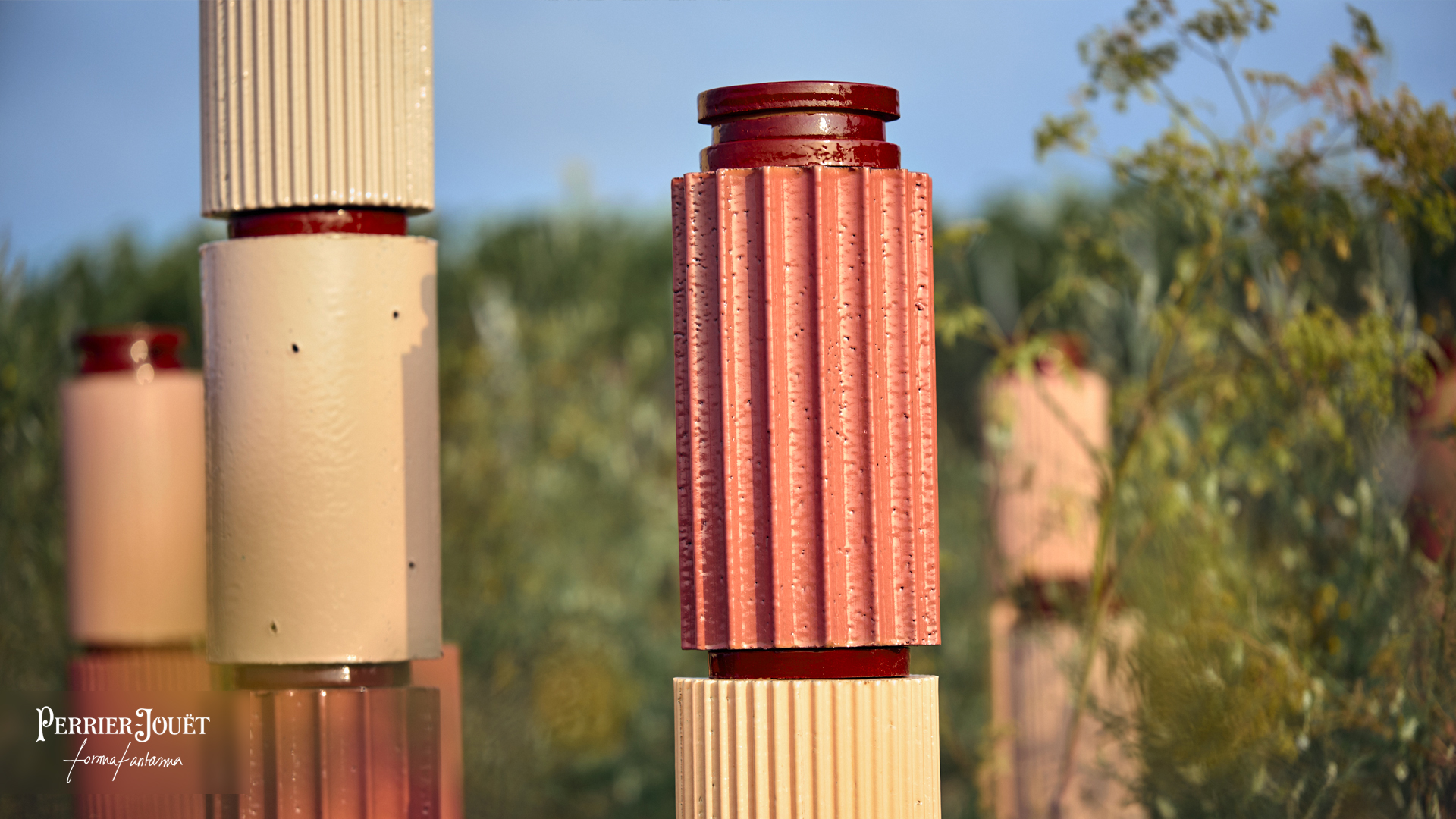
Simone Farresin, co-founder of Formafantasma, highlights the thoughtful approach that underpins Cohabitare. 'The idea of using clay modules came because we wanted to reference the terroir, which is so important for wine,' he explains. 'The material’s properties also made it ideal for supporting biodiversity.'
Designed in consultation with the Biodiversity Committee, the modules are divided into cells, enabling wasps and other insects to nest without encountering one another. This careful attention to detail exemplifies Cohabitare’s ethos: design as a means of intervention rather than decoration.
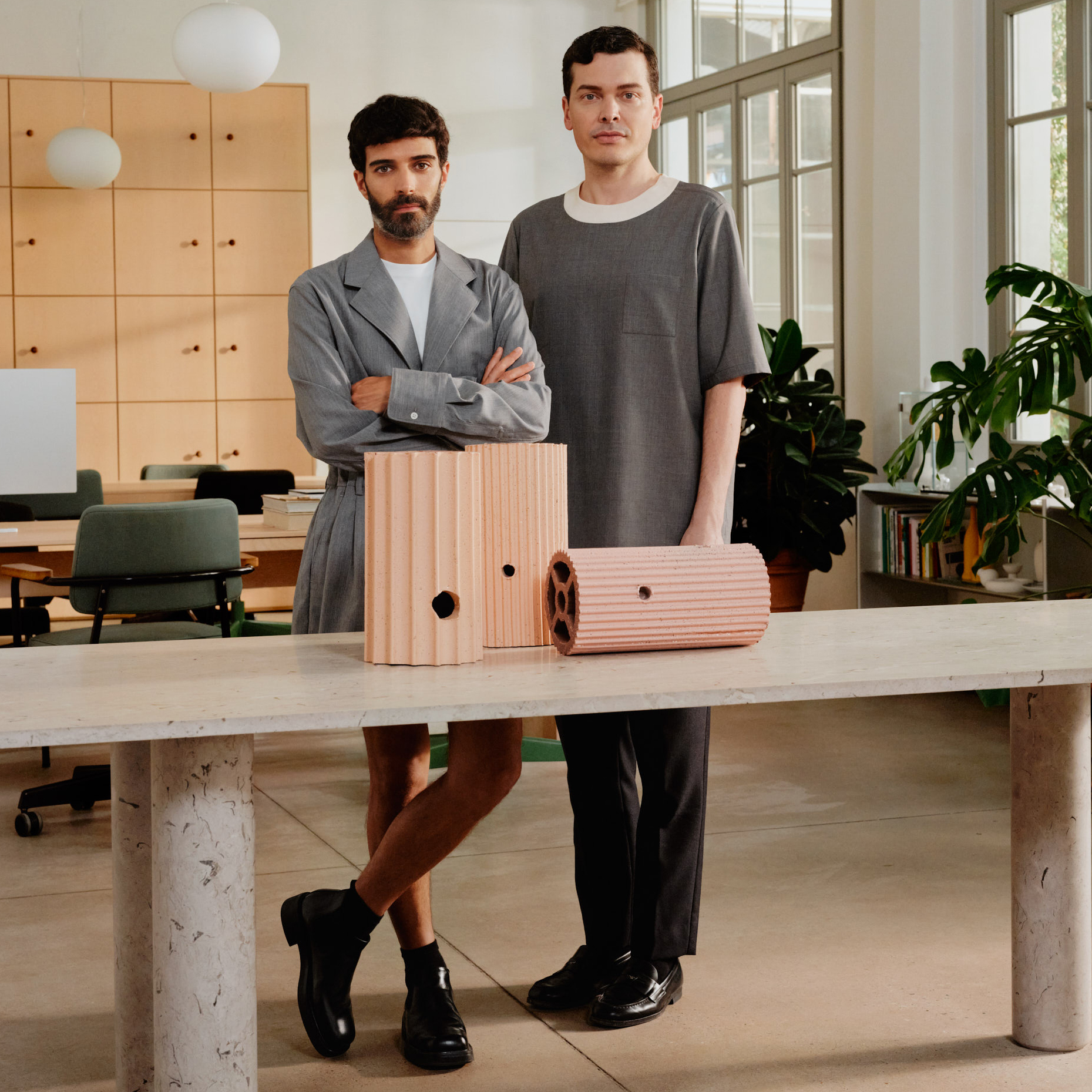
Formafantasma founders Andrea Trimarchi (left) and Simone Farresin with clay elements for the artwork
At its heart, Cohabitare builds on regenerative viticulture – a method that goes beyond conventional monoculture by cultivating the land holistically. By integrating native flora into vineyards, regenerative practices improve soil health, conserve water, and reduce carbon emissions.
The result is a dynamic ecosystem where vines coexist with plants, insects, and other species, each contributing to the terroir’s vitality. As Farresin notes, 'This project reflects the simple yet powerful idea that humans do not inhabit this planet alone.'
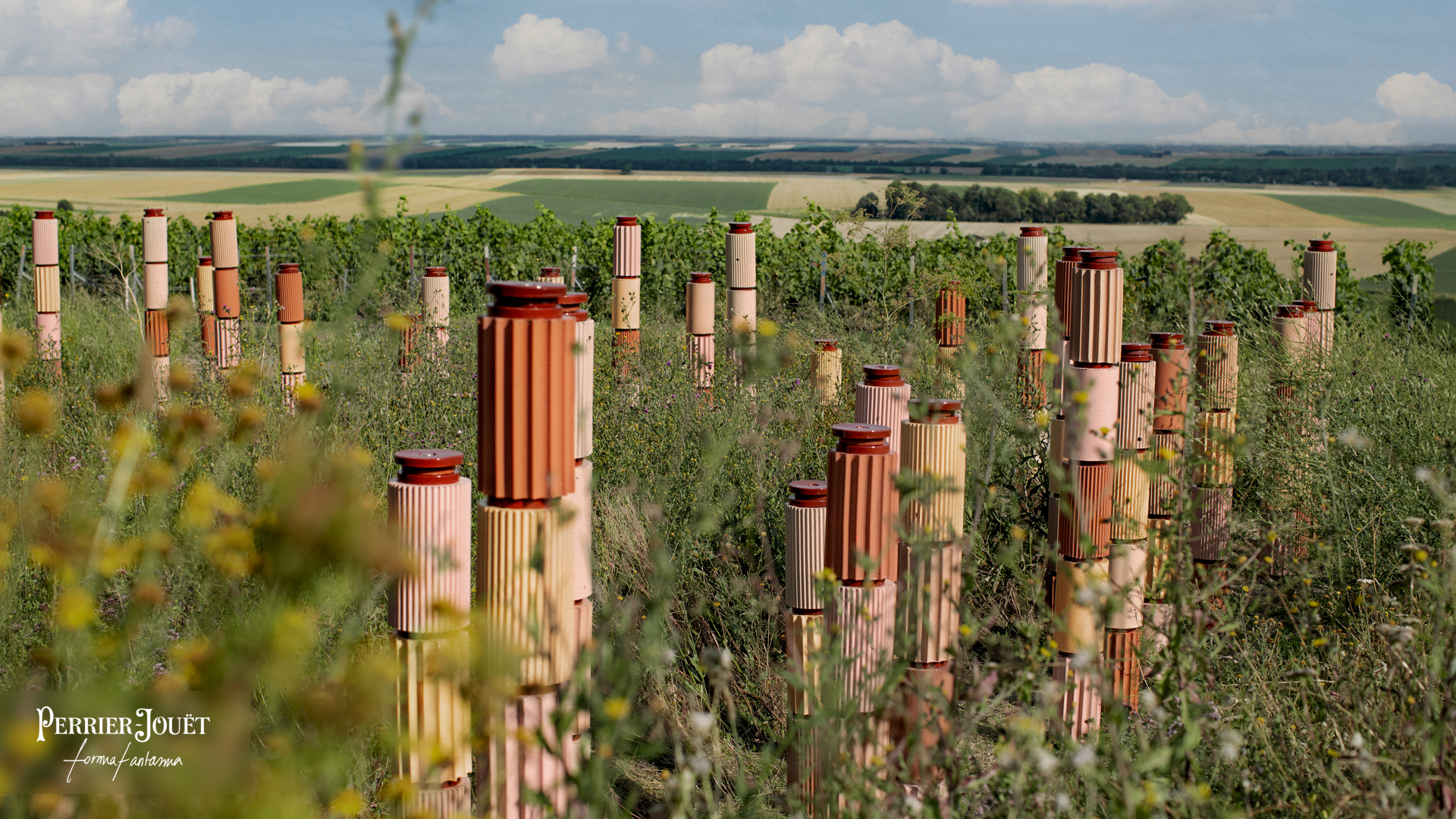
This philosophy extends beyond the fields of Perrier-Jouët. During Art Basel Miami Beach, the champagne house hosted The Banquet of Nature, a dinner curated by Formafantasma and orchestrated by chef Pierre Gagnaire.
Conversations at the table explored the interconnectedness of biodiversity and viticulture, enriched by an evocative soundscape by eco-acoustic composer David Monacchi. His piece, Oecanthus, was created using field recordings from Perrier-Jouët’s vineyards, capturing the delicate balance of species that regenerative agriculture seeks to protect.
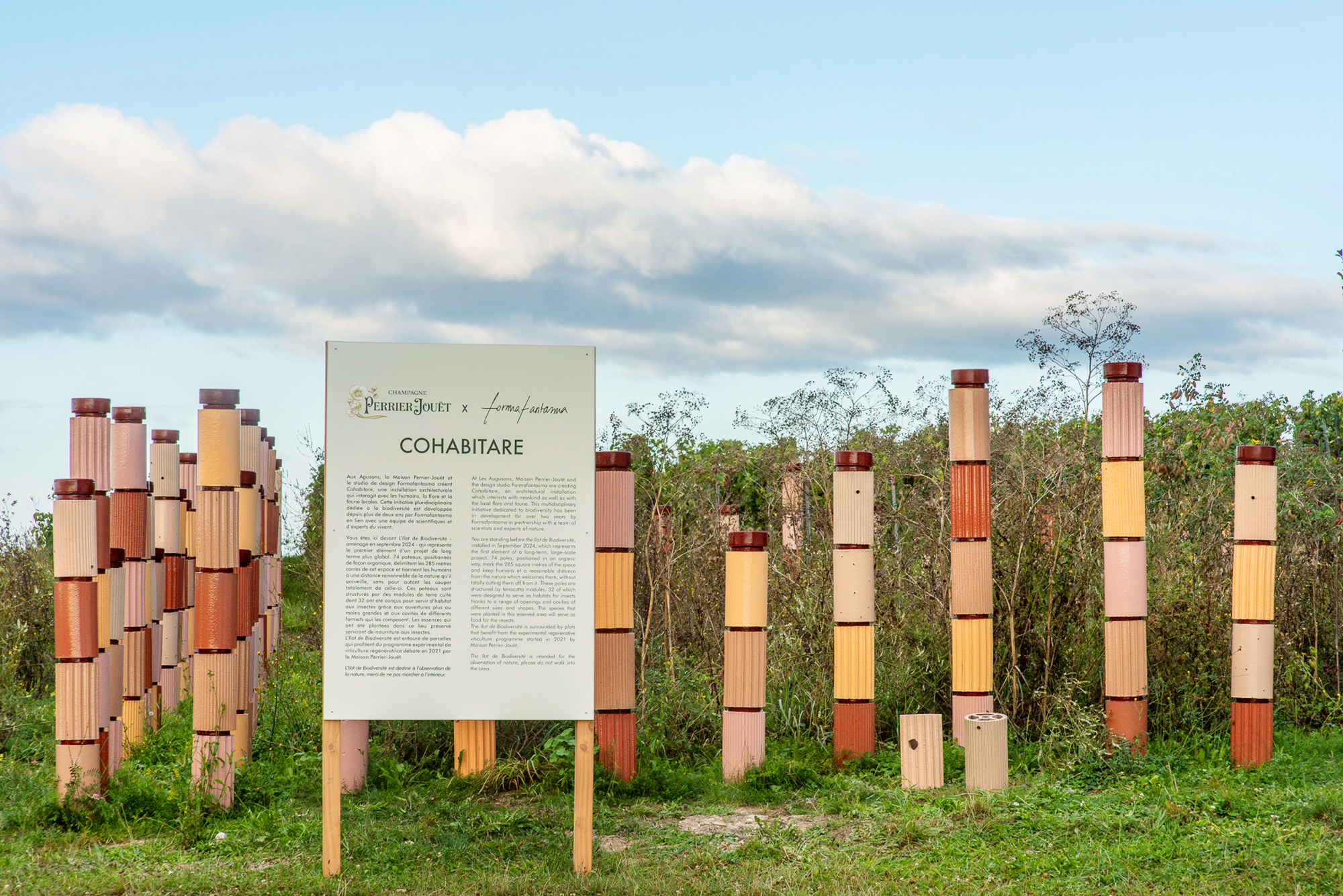
Unlike many brand initiatives that are short-lived or commercial in nature, Cohabitare represents a long-term commitment. Perrier-Jouët plans to host biannual experiments on its estate to test and refine new regenerative techniques.
Farresin stresses that the project’s insights are not proprietary; the hope is to inspire broader adoption across the agricultural sector. 'We’d like to see Perrier-Jouët sharing their knowledge with other farmers and, in a way, even competitors. I think what is important to realise about these projects is that this is not about "who" – it's not about competition – but rather about creating common ground. I think this project has the objective to do that.'
By marrying agricultural expertise with design thinking, Cohabitare reimagines what is possible for viticulture and beyond. It challenges conventional hierarchies between art, science, and design, positioning them as equal partners in the pursuit of ecological regeneration. As Farresin reflects, 'Beauty alone will not save the world. But design can play a meaningful role in creating new systems of coexistence.' There’s an idea worth raising a glass to.
Henrietta Thompson is a London-based writer, curator, and consultant specialising in design, art and interiors. A longstanding contributor and editor at Wallpaper*, she has spent over 20 years exploring the transformative power of creativity and design on the way we live. She is the author of several books including The Art of Timeless Spaces, and has worked with some of the world’s leading luxury brands, as well as curating major cultural initiatives and design showcases around the world.
-
 Extreme Cashmere reimagines retail with its new Amsterdam store: ‘You want to take your shoes off and stay’
Extreme Cashmere reimagines retail with its new Amsterdam store: ‘You want to take your shoes off and stay’Wallpaper* takes a tour of Extreme Cashmere’s new Amsterdam store, a space which reflects the label’s famed hospitality and unconventional approach to knitwear
By Jack Moss
-
 Titanium watches are strong, light and enduring: here are some of the best
Titanium watches are strong, light and enduring: here are some of the bestBrands including Bremont, Christopher Ward and Grand Seiko are exploring the possibilities of titanium watches
By Chris Hall
-
 Warp Records announces its first event in over a decade at the Barbican
Warp Records announces its first event in over a decade at the Barbican‘A Warp Happening,' landing 14 June, is guaranteed to be an epic day out
By Tianna Williams
-
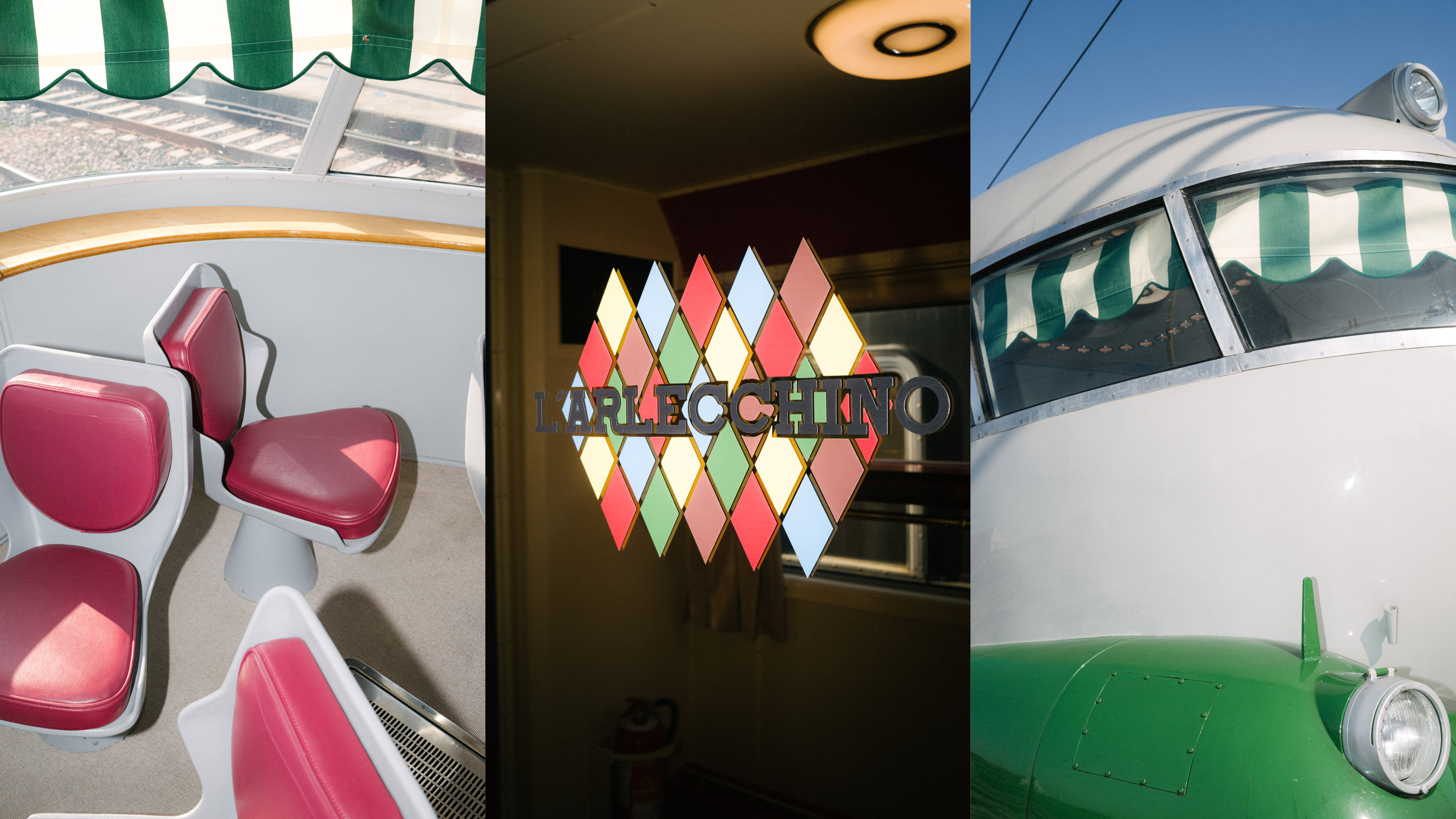 Aboard Gio Ponti's colourful Arlecchino train in Milan, a conversation about design with Formafantasma
Aboard Gio Ponti's colourful Arlecchino train in Milan, a conversation about design with FormafantasmaThe design duo boards Gio Ponti’s train bound for the latest Prada Frames symposium at Milan Design Week
By Laura May Todd
-
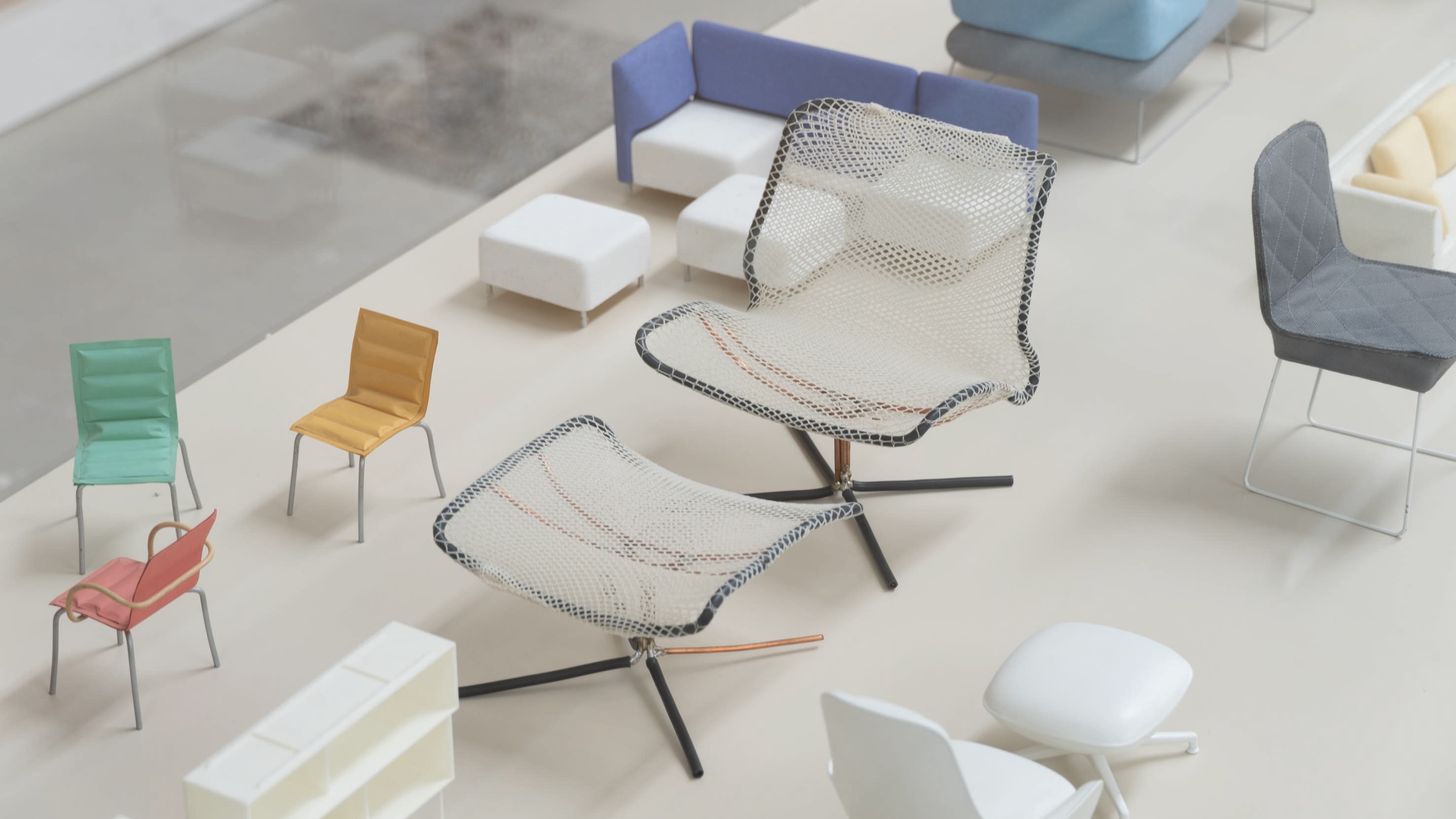 The original Ligne Roset factory has been transformed into an exhibition space
The original Ligne Roset factory has been transformed into an exhibition spaceRe-christened Studio 1860, the factory was bought by the founder of the French furniture brand in 1892, and will now house rare Ligne Roset pieces, among other uses
By Anna Solomon
-
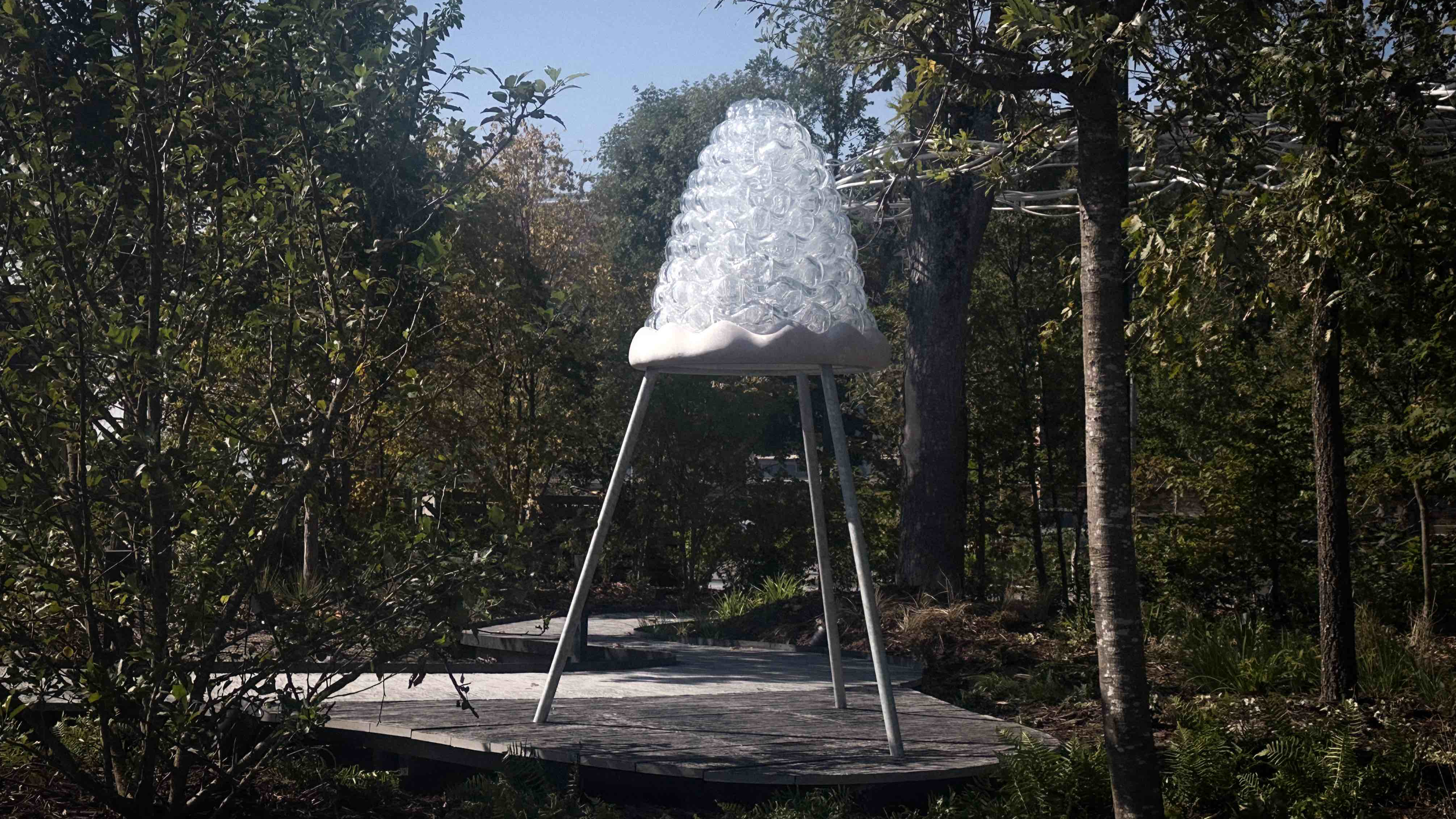 AAU Anastas and Tomoko Sauvage create a symphony of glass and sound at Ruinart's domain in Reims
AAU Anastas and Tomoko Sauvage create a symphony of glass and sound at Ruinart's domain in ReimsWallpaper* speaks to Palestinian architects AAU Anastas about their glass and sound installation at Ruinart and looks back on a pivotal year
By Ali Morris
-
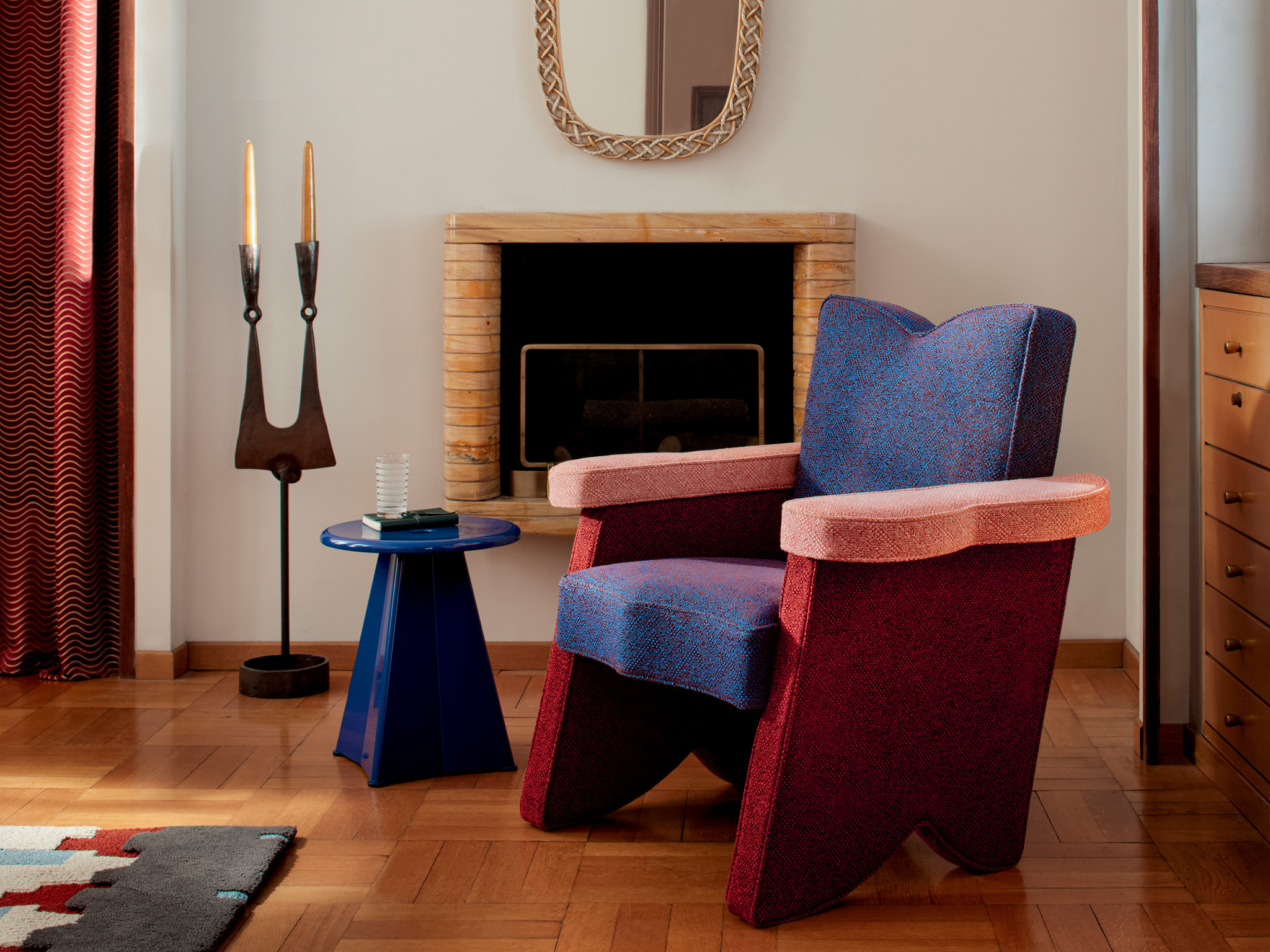 Our highlights from Paris Design Week 2025
Our highlights from Paris Design Week 2025Wallpaper*’s Head of Interiors, Olly Mason, joined the throngs of industry insiders attending the week’s events; here’s what she saw (and liked) at Paris Déco Off and Maison&Objet in the City
By Anna Solomon
-
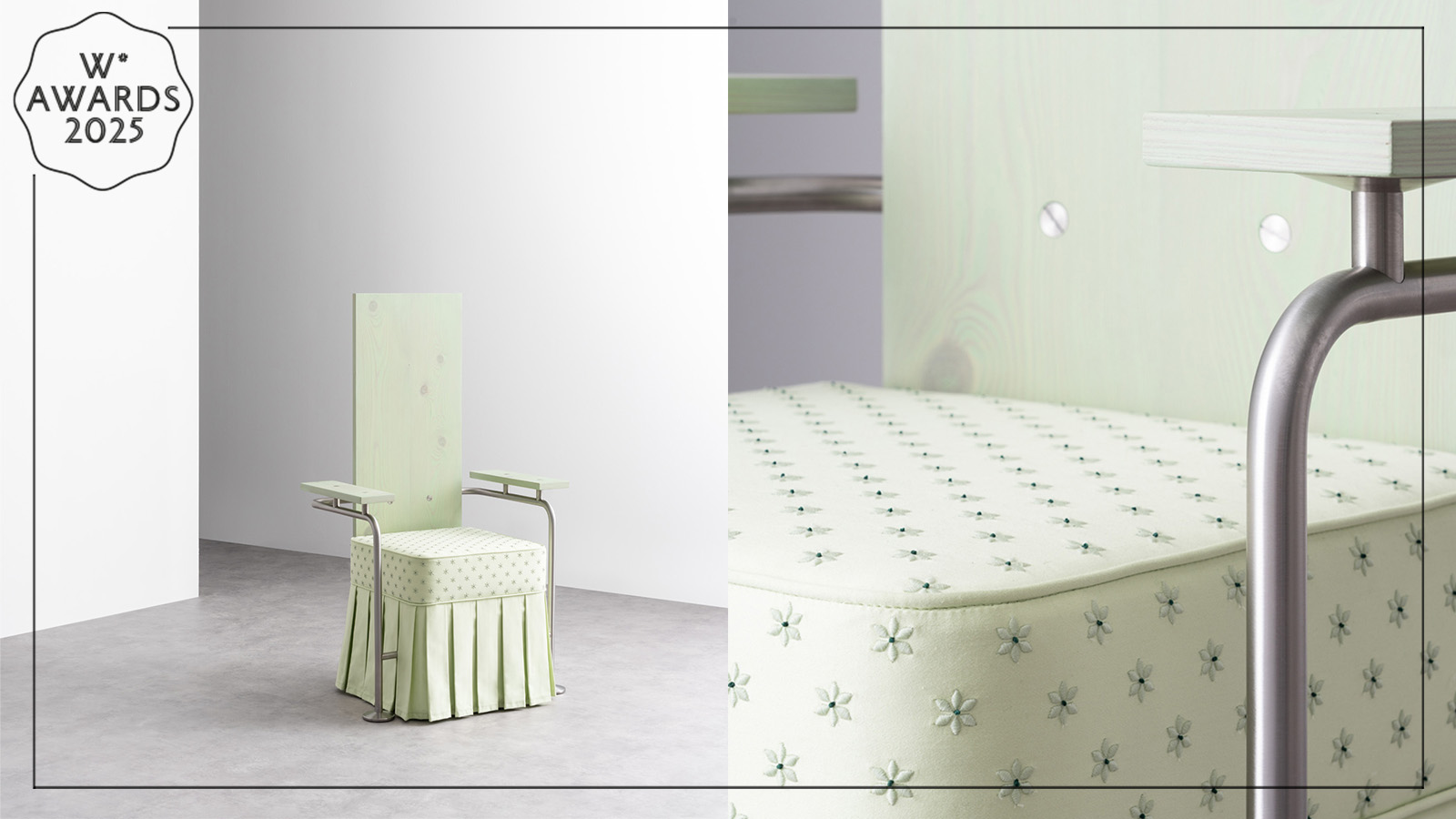 Wallpaper* Design Awards 2025: Formafantasma revisits the masculine codes of modernist design
Wallpaper* Design Awards 2025: Formafantasma revisits the masculine codes of modernist designFormafantasma wins a Wallpaper* Design Award 2025, for its Milan exhibition ‘La Casa Dentro’, which took to task the inherent masculinity and conservatism at the heart of modernism
By Hugo Macdonald
-
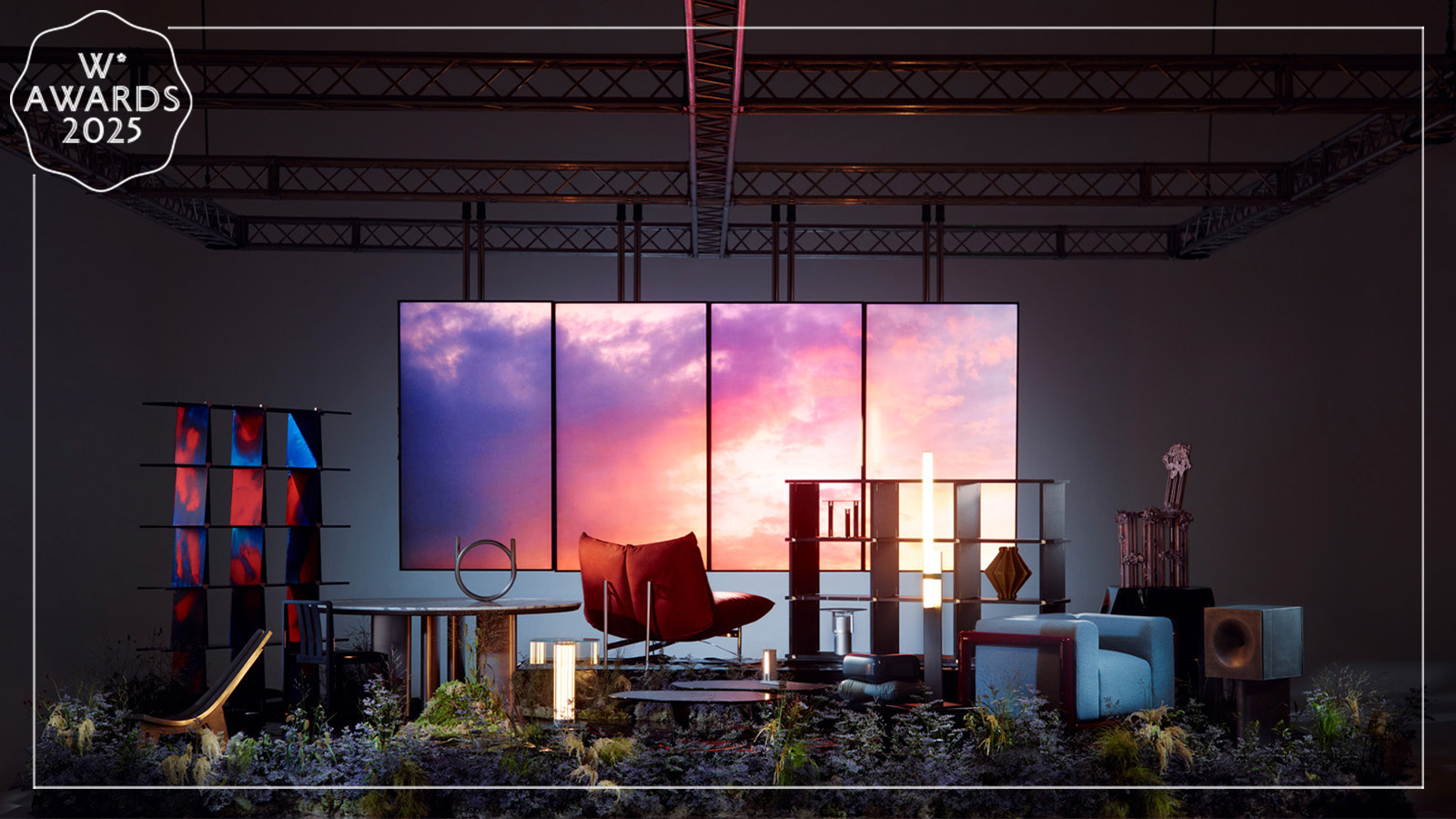 Wallpaper* Design Awards 2025: the best furniture and design objects for 2025
Wallpaper* Design Awards 2025: the best furniture and design objects for 2025The Wallpaper* Design Awards 2025 present the best new furniture and interior accessories, while global design director Hugo Macdonald and head of interiors Olly Mason reveal what makes a winner
By Hugo Macdonald
-
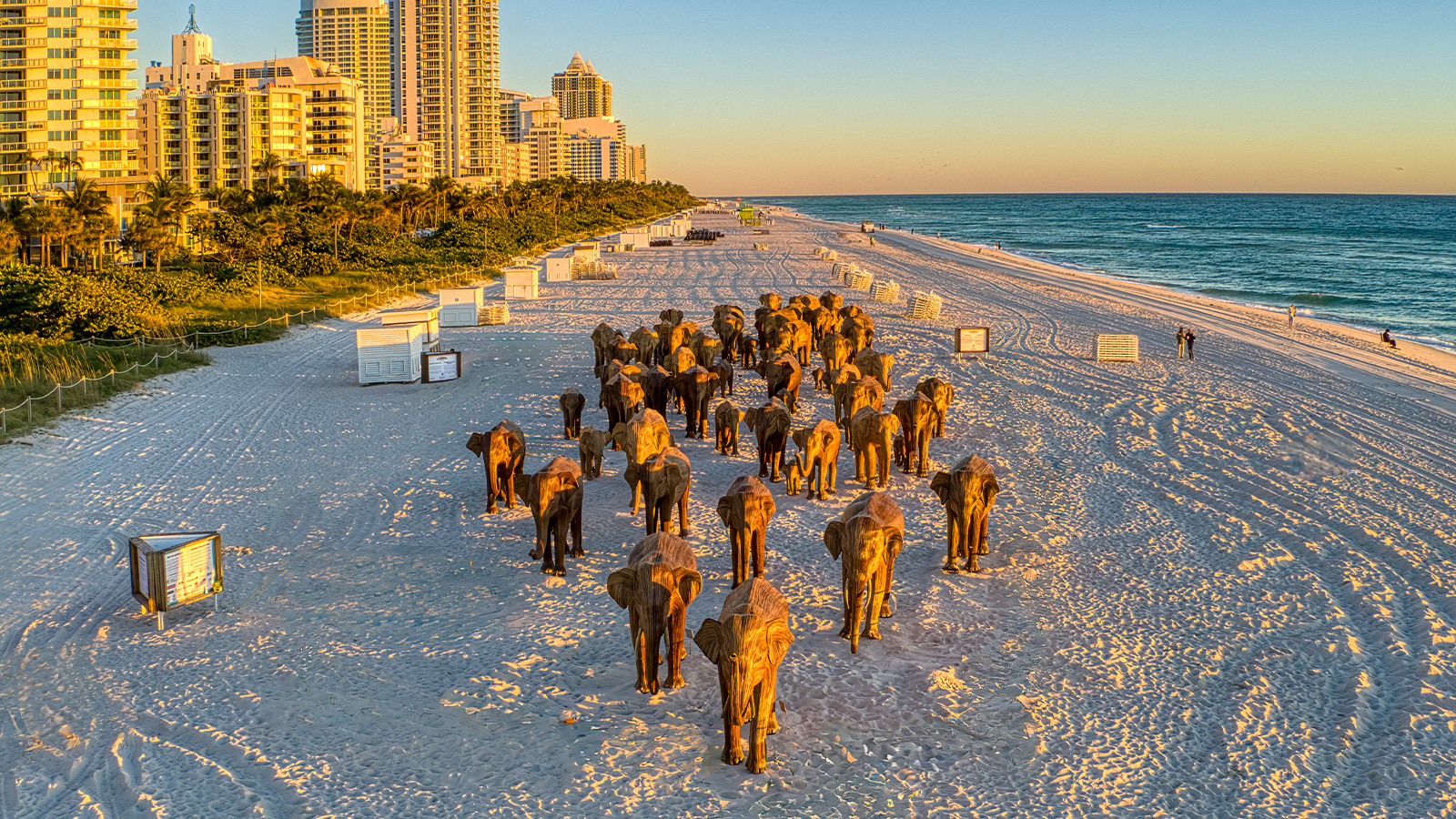 From migrating elephants to a divisive Jaguar, was this the best Design Miami yet?
From migrating elephants to a divisive Jaguar, was this the best Design Miami yet?Here's our Design Miami 2024 review – discover the best of everything that happened at the fair as it took over the city this December
By Henrietta Thompson
-
 Soft rock: Kelly Wearstler unveils new stone furniture with ARCA at Design Miami
Soft rock: Kelly Wearstler unveils new stone furniture with ARCA at Design MiamiKelly Wearstler has joined forces once more with stone brand ARCA to create interlaced onyx furniture with a soft appearance
By Ali Morris